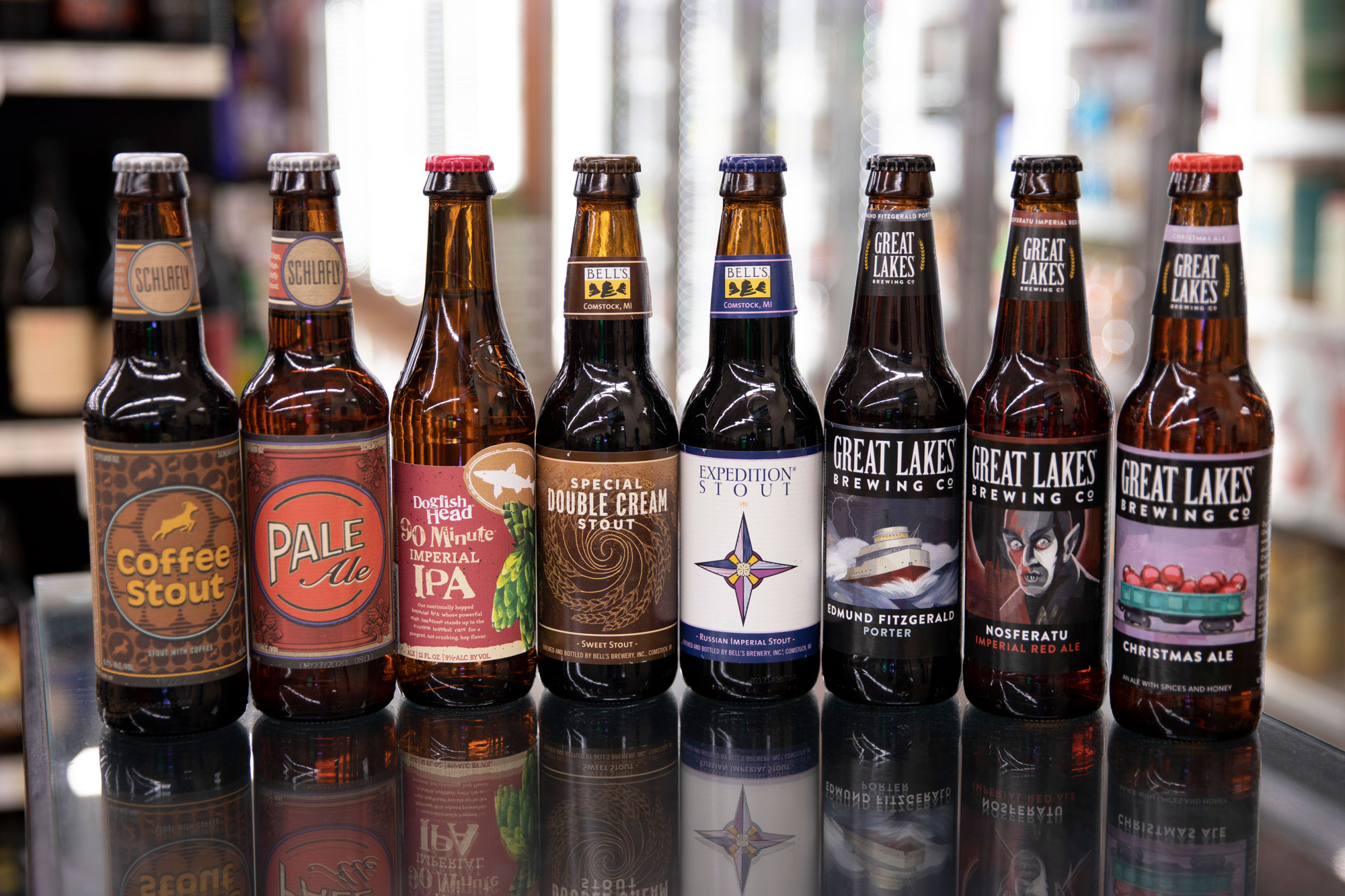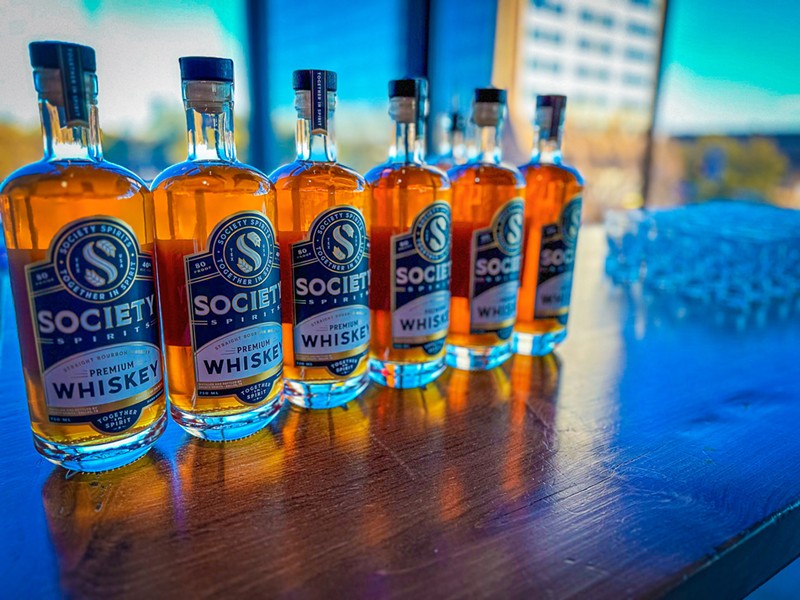Opening the Mysteries of Distillery Processes: An In-depth Review
Within the world of distillery procedures exist complexities that often continue to be veiled to the informal observer. From the precise art of mashing and fermentation to the alchemical transformations that happen throughout distillation, each action holds its own secrets waiting to be deciphered. As we venture into the midsts of spirit aging strategies and the accuracy of quality control measures, a tapestry of tastes and scents emerges, formed by innovative techniques and classic practices. Join us as we start a trip to demystify the enigmatic world of distillation, where science satisfies creativity in an unified blend that captivates the detects.
The Art of Mashing and Fermentation
In the distillery procedure, the art of mashing and fermentation plays an essential function in transforming raw products right into the preliminary phases of alcohol manufacturing. Mashing entails the process of breaking down the starches in grains like barley, rye, or corn, right into fermentable sugars.
Once the wort is produced, fermentation comes into play. Yeast, a principal in this stage, is contributed to the wort to kickstart the fermentation process. Yeast consumes the sugars in the wort, creating alcohol and co2 as results. This transformative procedure usually takes several days to finish, depending upon the wanted alcohol content and flavor account.
Mashing and fermentation are detailed procedures that establish the foundation for the alcohol that will ultimately be distilled and matured to develop a final item with distinctive characteristics and flavors.
Recognizing the Purification Refine
One of the pivotal phases in the production of alcohol includes comprehending the purification process. Purification is a technique used to separate alcohol from the fermented liquid, commonly via heating and cooling processes.

Comprehending the purification process is important for distillers to regulate the high quality, strength, and preference of the alcohol being produced. By mastering the art of distillation, distilleries can produce a large range of spirits with unique features that interest various customer choices.
Secrets of Spirit Aging Methods
Checking out the ins and outs of spirit aging strategies unveils the covert creativity behind the development of nuanced flavors and scents in distilled drinks. The aging procedure is a crucial phase in the manufacturing of spirits, where the liquid interacts with the oak barrels, soaking up compounds that improve its account over time. Distilleries typically make use of charred oak barrels, which present one-of-a-kind tastes to the spirit with a process of removal and oxidation.
In addition, the ecological conditions in which the barrels are saved play a considerable role in forming the end product. Changes in temperature and moisture can affect the rate of aging and the communications between the spirit and timber. Master distillers masterfully browse these variables to craft spirits with distinctive individualities, symbolizing the conclusion of cutting-edge methods and classic customs.
Quality Control and Testing Techniques
The meticulous craftsmanship showed in regulating and selecting barrels aging periods in the spirits manufacturing procedure highlights the vital relevance of rigid quality assurance procedures and accurate screening techniques (Galveston Whiskey). Quality control in distilleries includes numerous phases to make sure that each batch satisfies the wanted criteria. From resources assessment to final product evaluation, each action is essential in keeping consistency and quality
One vital facet of high quality control is sensory assessment, where trained specialists analyze the scent, flavor, and overall high quality of the spirits. Chemical evaluation methods such as gas chromatography and mass spectrometry are utilized to detect any kind of impurities or discrepancies from the preferred structure. In addition, physical examinations like thickness measurements and pH evaluation supply more insights into the item's attributes.
To ensure adherence to governing demands and interior standards, distilleries additionally carry out microbiological testing to look for any type of microbial contamination that can affect the product's safety and security and life span. By executing robust quality assurance and testing approaches, distilleries can support their reputation for creating premium spirits continually.
Exploring Special Taste Mixtures

In the process of taste mixture, the picked botanicals are added to the base spirit and left to macerate or high for a specific period. This allows the alcohol to draw out the flavors and essential oils from the botanicals, leading to an unified mix of tastes (Seawall Bar). Distilleries might check this site out also use methods like vapor mixture or basket mixture during purification to present details tastes to the spirit
Furthermore, some distilleries choose for barrel aging or cask finishing methods to introduce added complexity and depth to their spirits via communications with the timber. These methods contribute to the development of distinct flavor accounts that appeal to a critical target market looking for novel and remarkable drinking experiences.
Conclusion
To conclude, the distillery refines entail detailed actions such as mashing, fermentation, taste, purification, and aging infusions. Quality control and testing approaches are essential in making certain the last item meets requirements. Recognizing the science behind these procedures is crucial for creating top notch spirits. By opening the enigmas of distillation, distillers can develop delicious and special spirits that interest a vast range of customers.
As we venture into the midsts of spirit aging strategies and the precision of high quality control steps, a tapestry of fragrances and flavors arises, formed by innovative methods and time-honored traditions. Distilleries often use charred oak barrels, which pass on special tastes to the spirit with a procedure of removal and oxidation.Utilizing a diverse range of ingredients and botanicals, distilleries can craft special taste infusions that set their spirits apart in an affordable market. Seawall Bar.In the process of taste mixture, the selected botanicals more helpful hints are added to the base spirit and left to emaciate or steep for a given period. Distilleries might also employ methods like vapor infusion or basket infusion during distillation to give details tastes to the spirit